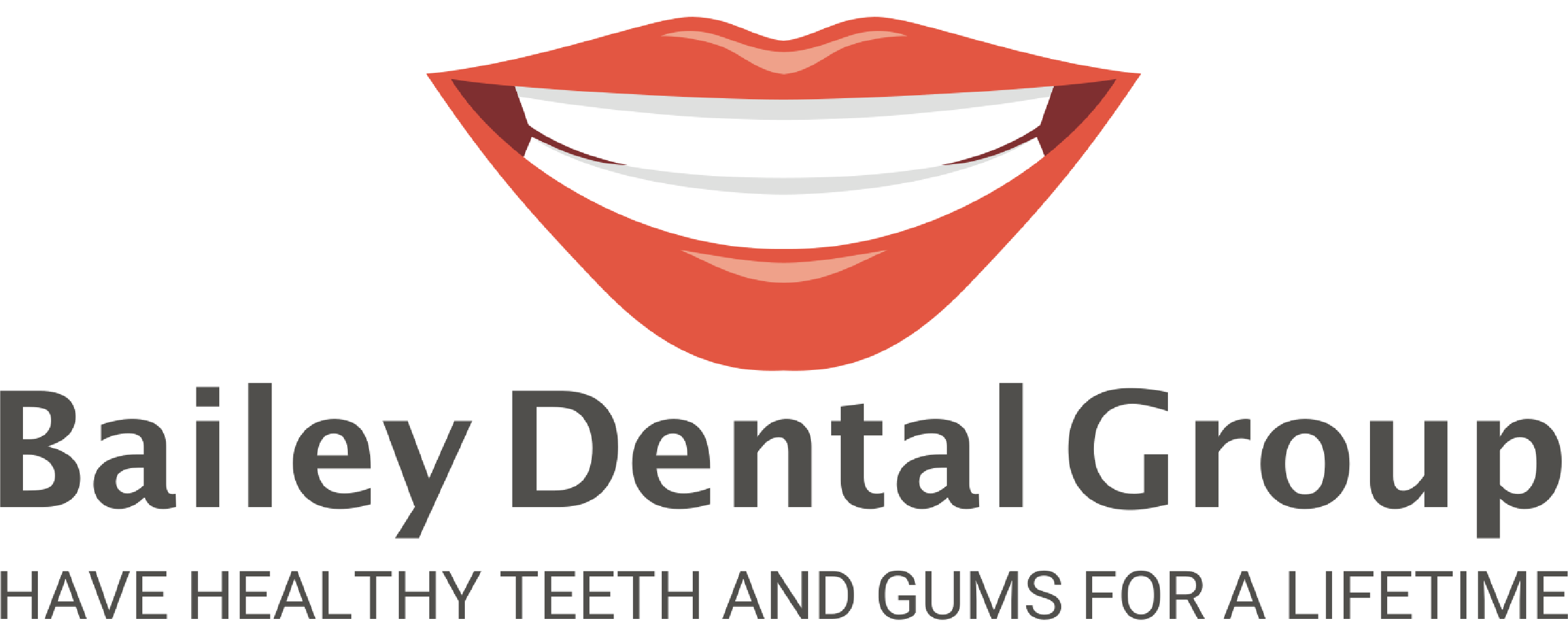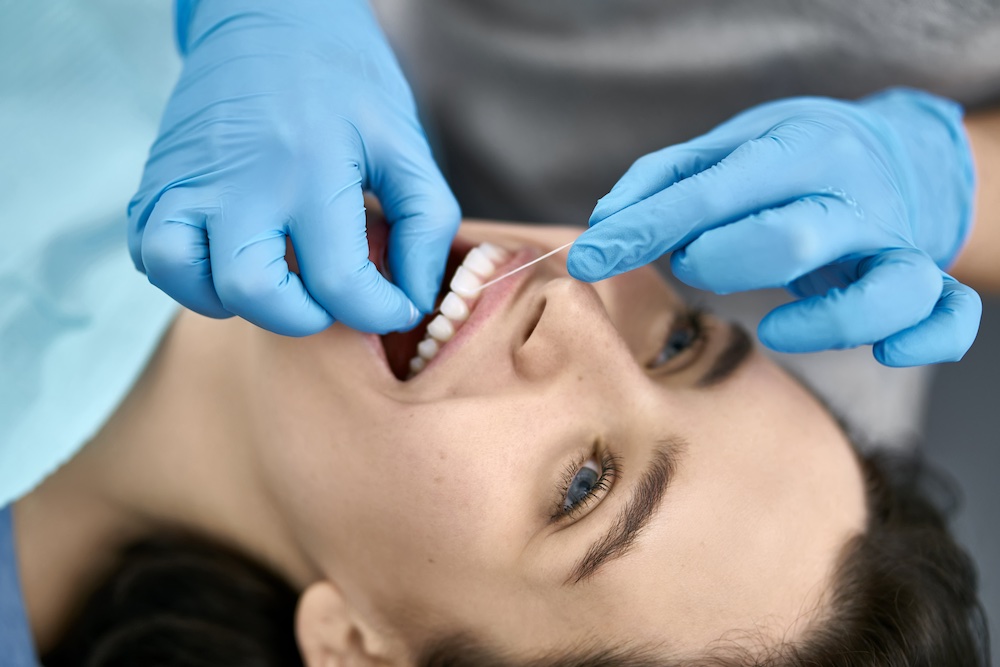Maintaining good oral hygiene is essential for a healthy mouth and a confident smile, which includes visiting your dentist twice a year for professional cleanings. However, due to reasons like busy schedules or lack of insurance, some people struggle to establish a routine for regular dental visits. When they’re ready to take charge of their oral health, a common question arises: “What happens during a teeth cleaning?” This question is also frequently asked by children preparing for their first dental visit. In this article, we’ll guide you through the step-by-step process of a teeth cleaning, from the moment you settle into the dentist’s chair to the moment you leave with a refreshed, sparkling smile.
Intake Process
Your teeth cleaning visit begins with completing any necessary paperwork and providing an updated medical history to your dental office. It's important that you are honest and thorough when sharing your health history, as it helps the dental team make informed decisions about your care. For example, if you are a cardiac patient who requires antibiotics after a dental cleaning, that is critical information for your dentist to have in your record.
Physical Examination
Before your cleaning begins, a dental hygienist or dentist will perform a comprehensive examination of your mouth. They will use a small mirror and a dental explorer to inspect your teeth and gums for any signs of dental or oral issues. This examination helps identify cavities, gum disease, or other potential problems that might require additional treatment.
Gum Check
Healthy gums are just as important as healthy teeth. To ensure your gums are in good condition, part of your physical examination will include checking for any signs of gum disease, recession, or inflammation. They will measure the space between your teeth and gums, known as the periodontal pockets, using a small probe. If the pockets are too deep, it may indicate gum disease and further treatment may be required.
X-rays
If it’s been a while since your last dental visit, dental X-rays will be taken to help your dentist detect any issues that aren't visible to the human eye during a visual examination. This includes cavities between teeth, problems with the jawbone, or impacted wisdom teeth. You'll have a lead apron protecting the rest of your body from the radiation, and the dental hygienist will insert the X-ray tool into your mouth in various positions to capture all your teeth.
Plaque and Tartar Removal
Once the initial examination and any X-rays are complete, the actual cleaning begins. Your dental hygienist will start by using a small, metal tool called a scaler to remove plaque and tartar buildup from the surfaces of your teeth. Plaque is a sticky, bacteria-filled film that can lead to tooth decay and gum disease if not removed regularly. Tartar, on the other hand, is a hardened plaque and can only be removed by a dental professional.
Brushing with Gritty Toothpaste
After plaque and tartar removal, your dental hygienist will use a high-powered electric toothbrush and gritty toothpaste to give your teeth a deep cleaning. This toothpaste is more abrasive than over-the-counter toothpaste used at home, polishing your teeth and removing any remaining surface stains and plaque more effectively.
Fluoride Treatment
Fluoride is a vital mineral used to help maintain healthy teeth. After your teeth are thoroughly cleaned, your dental hygienist may apply a fluoride gel or foam to help strengthen your enamel, making it more resistant to acid and preventing cavities. You'll be asked to wait a few minutes before rinsing or eating to allow the fluoride to work.
Flossing
Even if you consistently floss at home, a trained dental hygienist will floss your teeth more effectively and thoroughly. They will use professional-grade dental floss to reach between your teeth and remove any remaining plaque and debris. This step is important in ensuring that every surface of your teeth is clean and free from potential dental issues.
Rinsing
After all the previous steps have occurred, you'll be asked to rinse your mouth to remove any remaining fluoride, toothpaste, or other debris. Your dental hygienist will provide you with a cup of water or mouthwash for this purpose, and most dental chairs are now equipped with small water spouts and sinks.
Discussion and Recommendations
After the dental hygienist has completed all the steps of your cleaning, you’ll be asked to wait briefly for the dentist to evaluate both your cleaning and your overall oral health. During this time, the dentist will review the results of your examination, any X-rays taken, and the condition of your teeth and gums. Based on these findings, they’ll offer recommendations for any necessary treatments, such as fillings, root canals, or other procedures. Additionally, the dentist may provide personalized care advice, such as suggesting a specific toothbrush, toothpaste, or mouthwash, or recommending lifestyle changes to help improve your dental health.
Scheduling Your Next Appointment
To maintain optimal oral health, schedule your next dental cleaning before you leave the office. Regular check-ups and cleanings are key to preventing dental problems and catching issues early.
A thorough teeth cleaning is an essential part of maintaining good oral health. From the initial examination to the final post-cleaning care instructions, every step in the process plays a crucial role in keeping your teeth and gums in the best condition possible.


